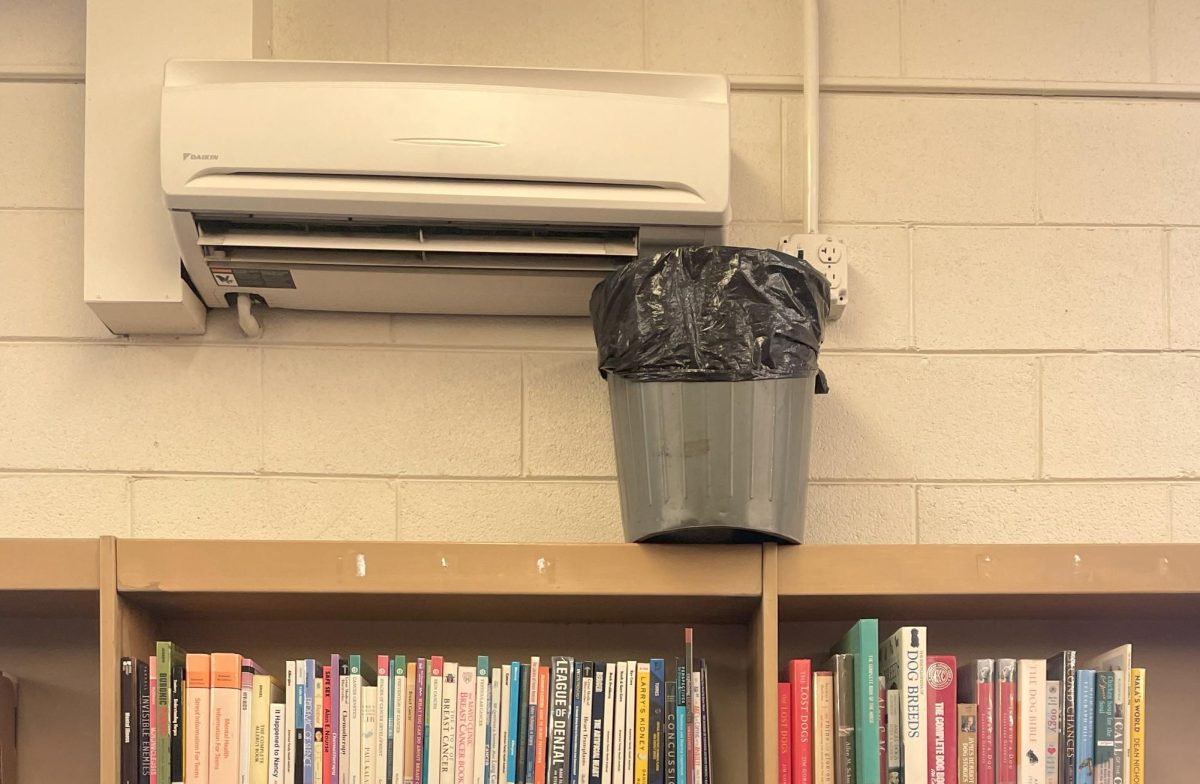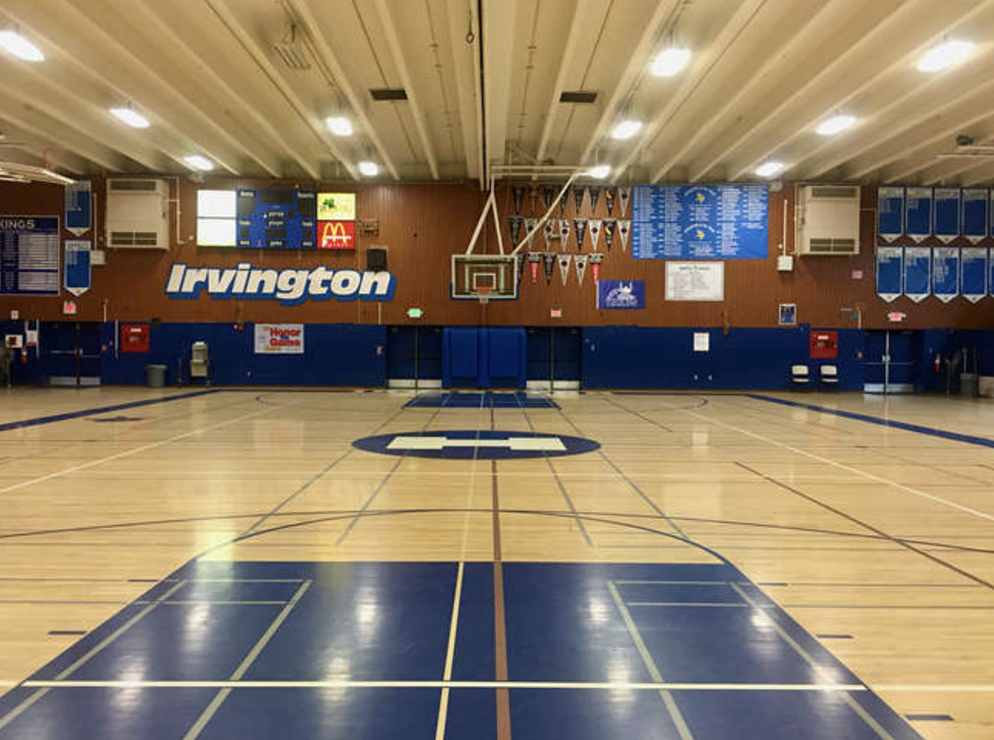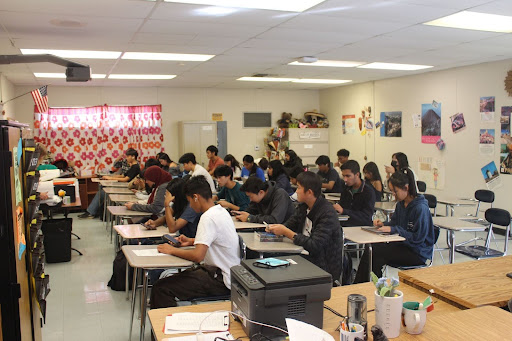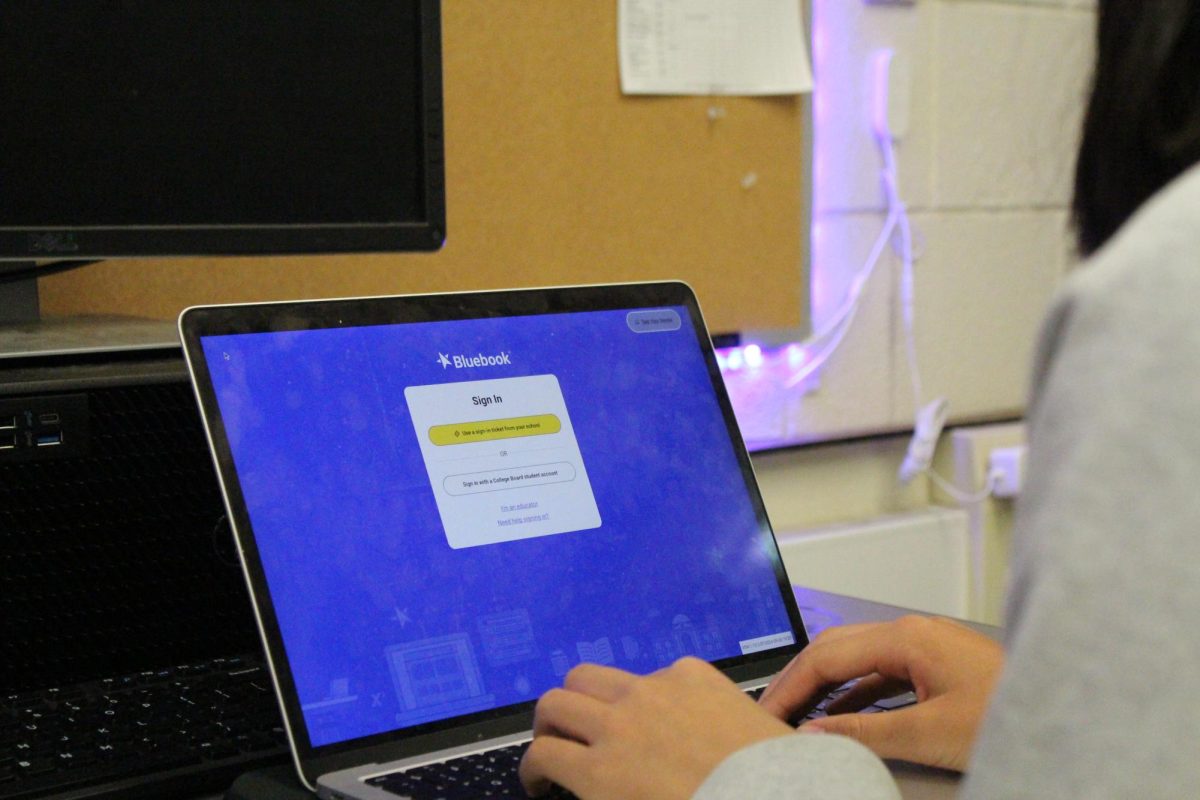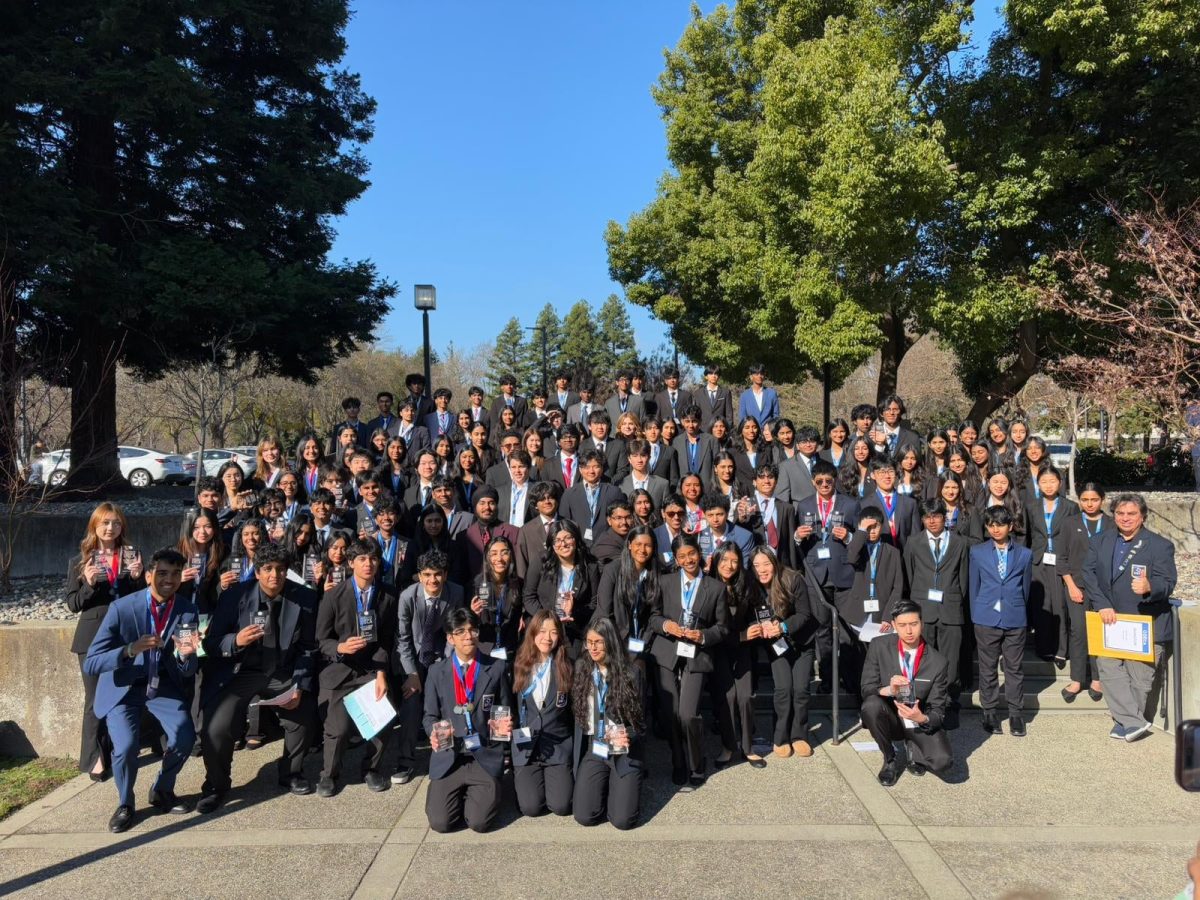Across campus, teachers and students alike have noticed the growing incidence of HVAC malfunctions disrupting classrooms and costing teachers and staff thousands of dollars. To overcome this, teachers have taken things into their own hands and have come up with temporary solutions.
On days of extreme weather ranging from frosty mornings and rainy lunches to scorching hot afternoons, hundreds of students flock indoors to seek shelter. The buildings on campus, however, have not been well equipped. The HVAC system which has remained unchanged since its installation more than a decade ago, has presented numerous issues for both staff and students.
Much of this is because the annual required maintenance work is only scheduled when something important completely breaks. By then, the damage is already done and sometimes this can cost thousands of dollars to fix. Ms. McAuley, the librarian, says “In 2022 when Irvington hosted summer school, one of the AC units leaked, resulting in the loss of $3,090 worth of library books and shelving.” What’s even worse is that when risk management was contacted, they took months to respond only to state that the damages had to be covered through the library’s own funds and donations.
Moreover, since the district regulates HVAC temperatures and schedules, the library was often left open with an hour of no HVAC services as the system already shut down at 3:00, 12 minutes before school had ended, and 1 hour before the library closed.
This lack of control over the HVAC system has impacted teachers across campus as well, especially in the math and science building as they are unable to open windows. Living Earth and AP Biology teacher, Ms. Koehler, recalls an incident where “the HVAC would blow out cold air measured at 42 degrees when it should be heating”. Since there was no way to shut it off, Ms. Koehler had to pass out her own coats and jackets to students. “People should be able to change the thermostat setting without the whole thing breaking again,” she emphasized.
Unfortunately, this issue persists during hot weather as well. “On days when it was too hot, and in the mid-80s, I felt very faint, and one day I actually lost my balance and caught myself on a table,” describes Ms. Koehler
Problems with the HVAC system disrupt the staff’s ability to work and the student’s ability to study in a comfortable environment. “I love my job so much, but HVAC is honestly one of the worst things about it,” says Ms. McAuley. She explains that when teachers and staff don’t have to spend time “pulling computers away from the wall, mopping up the floor with rags, and putting trash cans underneath leaks”, they will have more time to focus on working with students to better their educational experience.
10 years ago, the HVAC system was only installed because hundreds of students and teachers petitioned the district as it was often too cold during the winter and too hot during the summer, making the school environment uncomfortable to work and learn in. Ms. Koehler says that nowadays whenever the HVAC system has issues, teachers are repeatedly to “not bother admin with these matters, to not ask for updates, and to be patient.” Instead, they submit work orders by sending them to the school secretary who then sends them to the district. However, according to Ms. McAuley, “work orders that are put in for HVAC often take many months to resolve.” The distinct says this is in part because there are only 2 main HVAC maintenance workers for the entire district.
At this time, most teachers are not confident in the HVAC systems in their classrooms. However, they remain hopeful that with enough attention on this topic through outcry from both staff and students, the HVAC system might be fixed and maintained better by the district.


